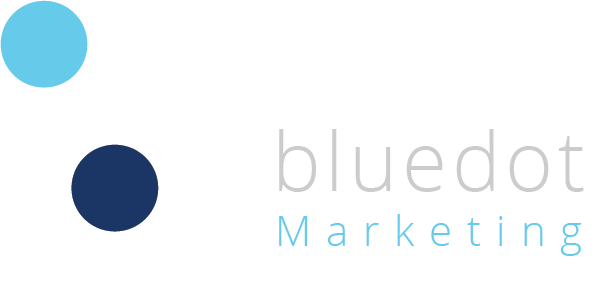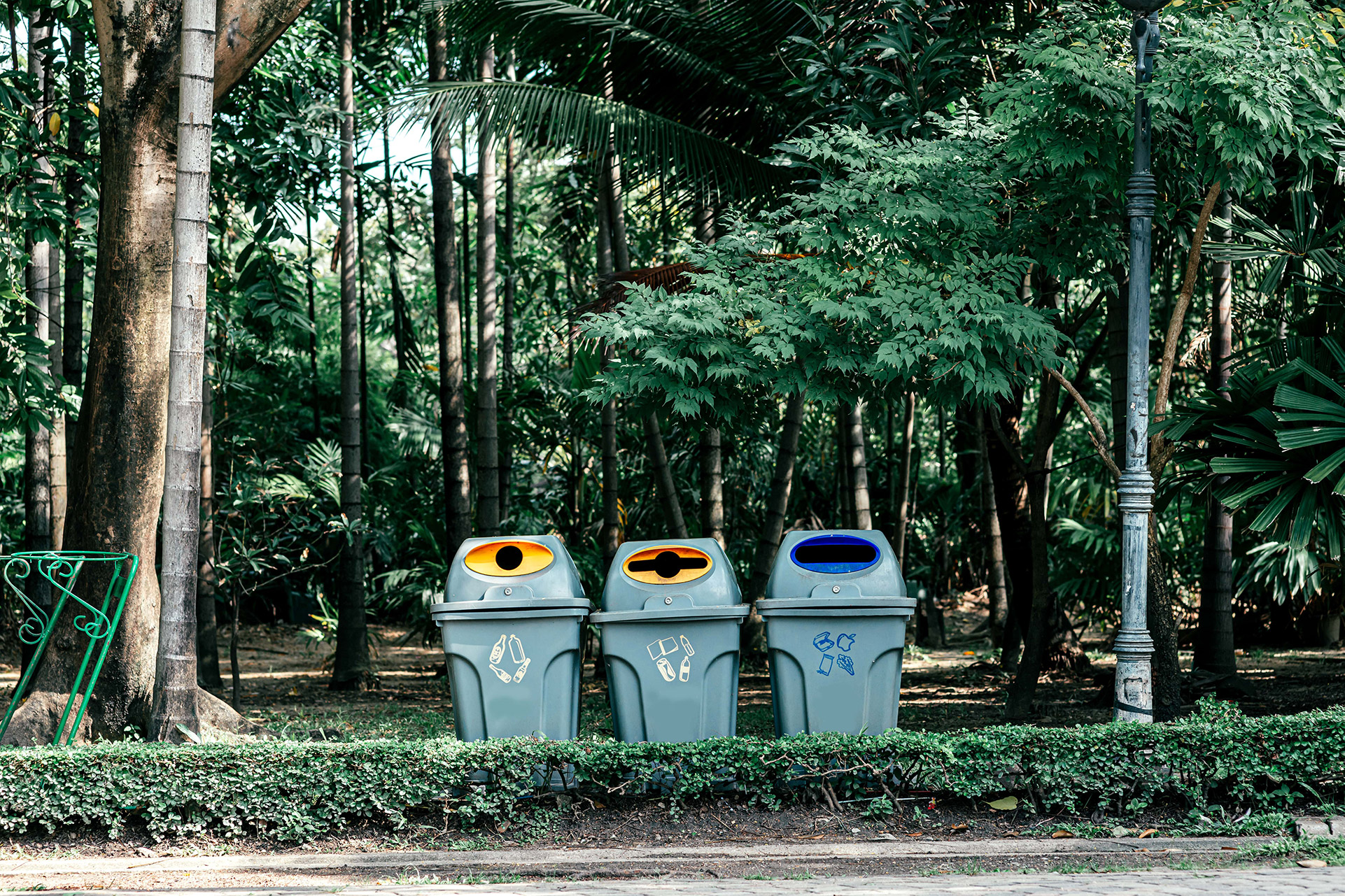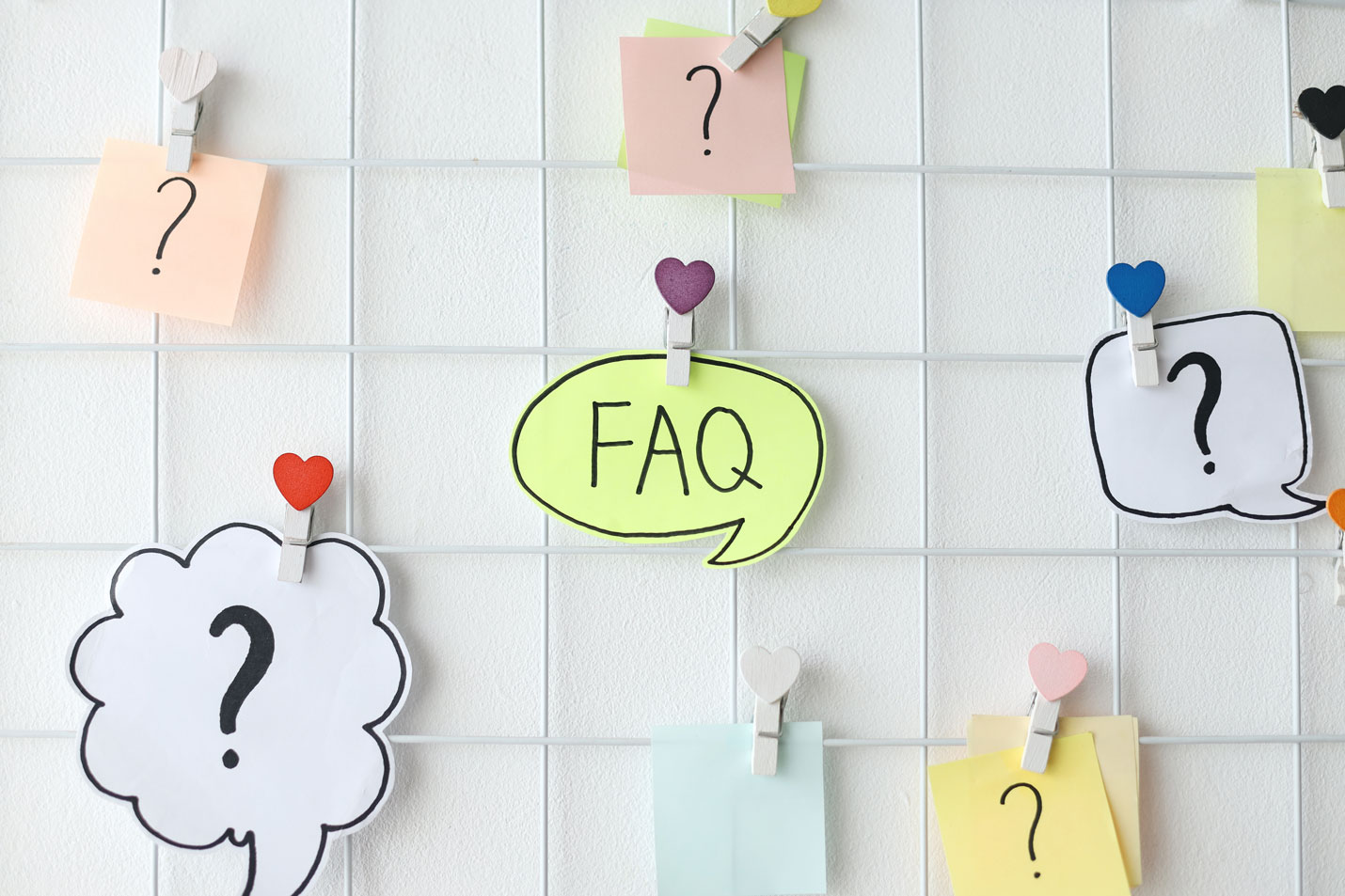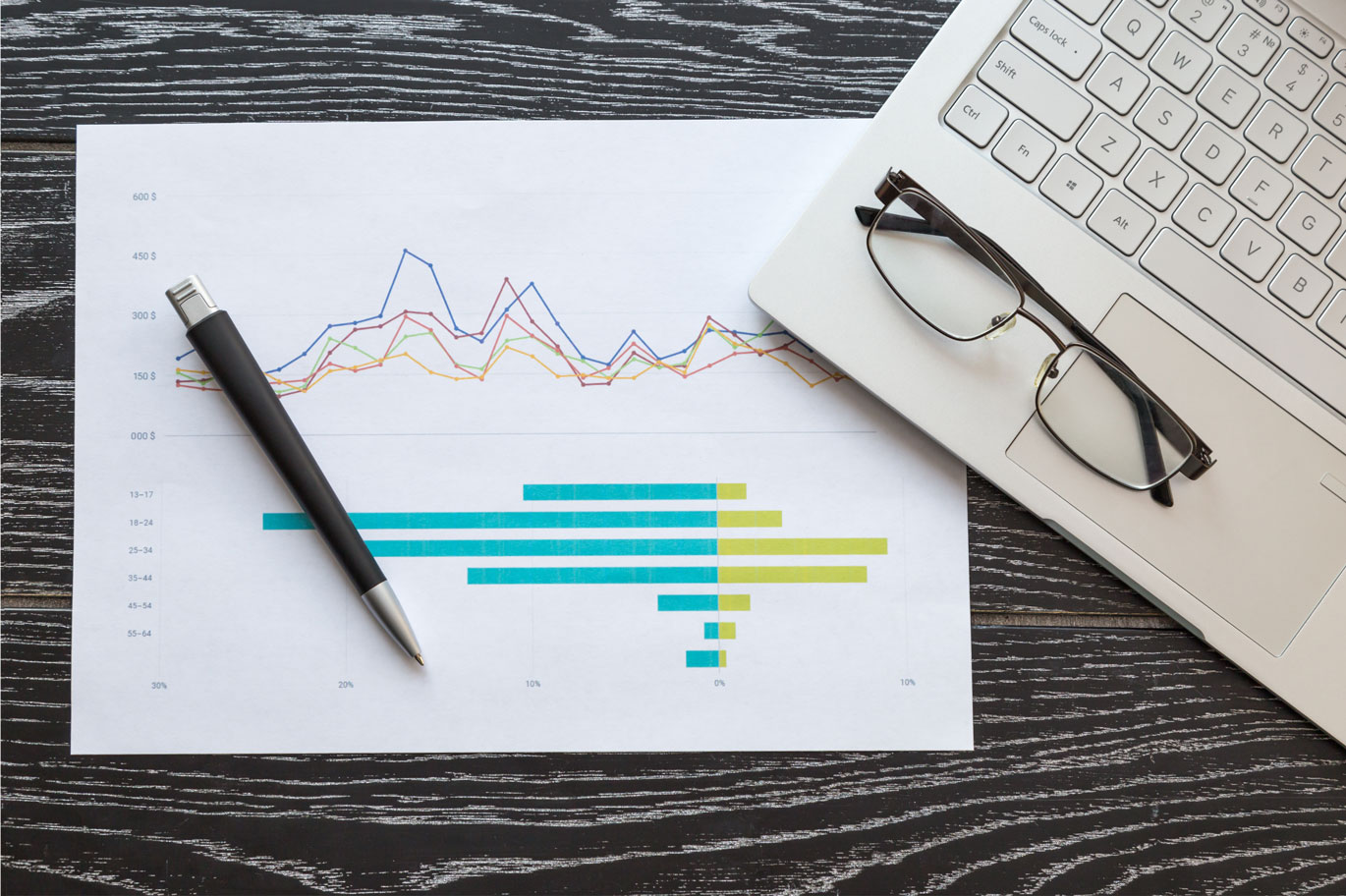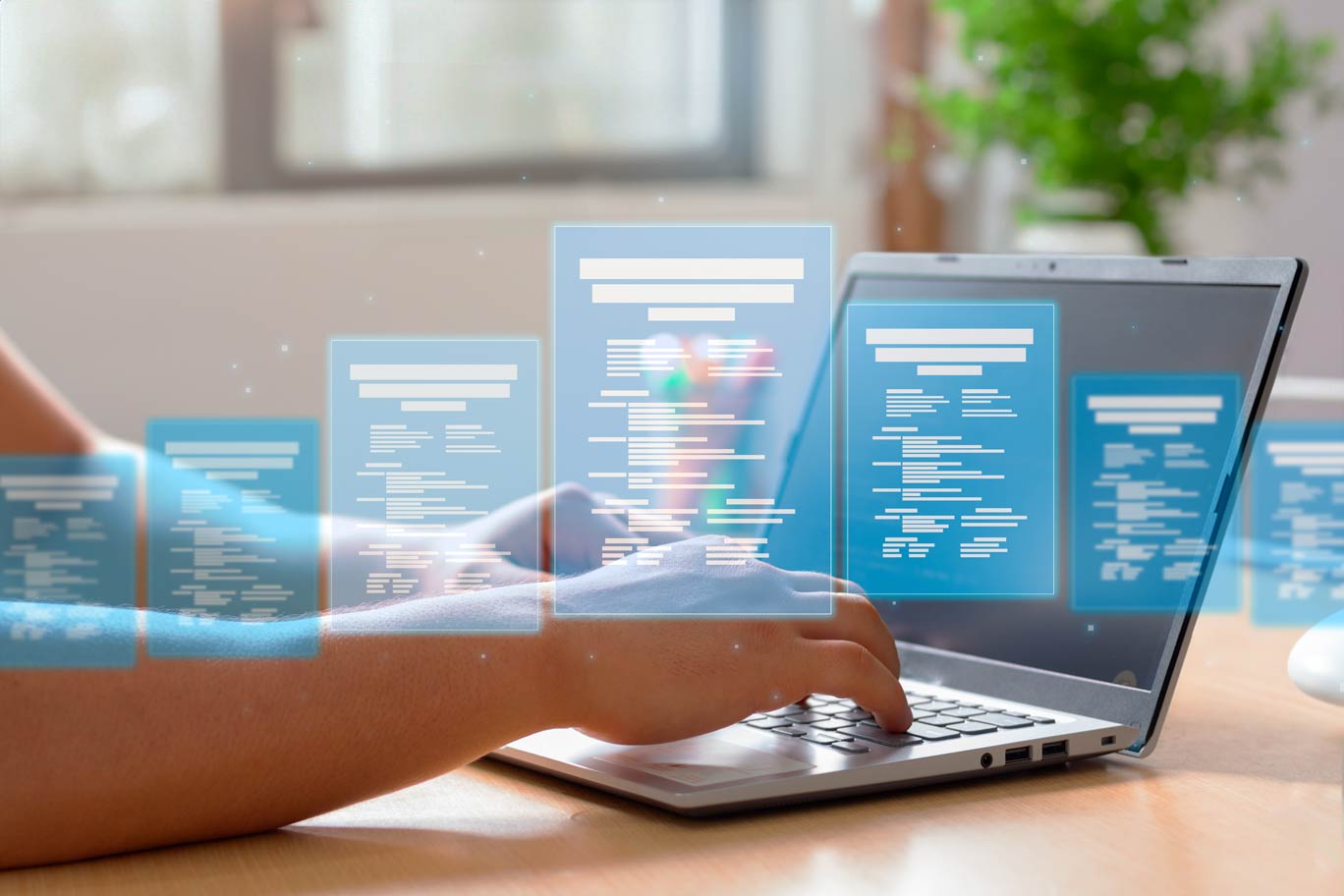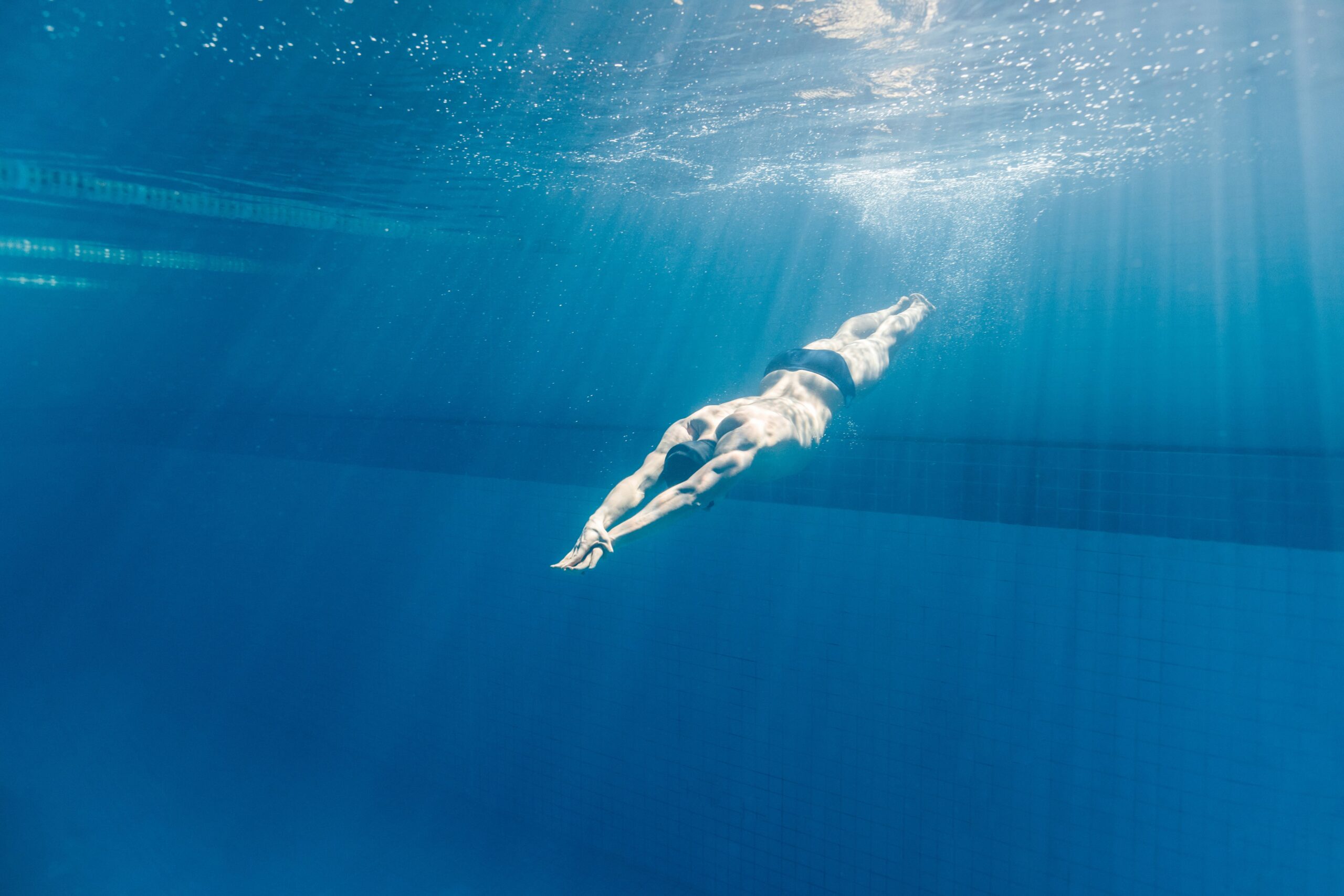Picture this… you have an empty glass bottle with a plastic lid. The bottle can be recycled, but the lid can’t, but you say to yourself, “it’s so small no one will notice.” Or you aren’t sure which recycling bin it goes into, but you know recycling is better for the environment than throwing things in the garbage, so you opt for the blue bin. That’s good enough, right?
Unfortunately, proper recycling is very confusing and sometimes even challenging to do in some locations. Recycling without really knowing or taking the time to learn where things go is called ‘wish-cycling’, and it can cause more harm than good.
But it’s in the blue bin, how does it that cause more bad?
There are a few critical environmental issues wish-cycling causes. Wish-cycling wastes time, money and can even create more waste.
Time is crucial for recycling plants-trying to keep up with the overflow of used products and salvaging enough usable products to distribute out to make into new products is very demanding for workers. Add, having to go through every single bottle and container that comes through the plant and filter out what can be recycled makes the already tedious job much more cumbersome.
This can lead to backlogged and jammed machines, stopping the flow and output of the product. Recycling plants are often funded by taxpayer money and federal funds, so any disruption at there cycling plants hurts our wallets too. With jammed machines and overworked employees, a worst-case scenario is that these materials end up being thrown out and wind up in landfills, which ends the recycling journey for these products.
If not now, when?
Our landfills have been overflowing for decades, and the rate of product manufacturing hasn’t slowed one bit. If we don’t find solutions on how to reduce our waste, our planet will soon be toxic and inhabitable.
- Understand the numbers on the bottom of bottles. Companies have put recycling labels on products for the past few decades; however as more and more products are made with different materials, the numbers can get kind of confusing. Here is a link that explains exactly what all those numbers mean.
- Learn or review your local recycling guide. Every city and region has different laws and practices for what can be recycled-not helping the wish-cycling issue and making it even more confusing. Ensuring that you fully understand what can and cannot be recycled in your area is extremely helpful to our recycling plants and our planet.
- Find resources that can help recycle complicated products. Some cities have in-person recycling drop-off centres that can take even the most dynamic products. In-person centres often have more recycling options than the two bins you see on the side of a street corner and can properly dispose of every product. If you don’t have a recycling centre near you, there are online resources like TerraCycle that can help you locate where to properly recycle old or unique products

